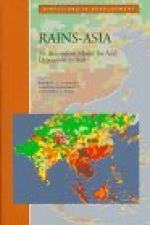|
This section contains 1,451 words (approx. 5 pages at 300 words per page) |

|
Acid rain is the term used in the popular press that is equivalent to acidic deposition as used in the scientific literature. Acid deposition results from the deposition of airborne acidic pollutants on land and in bodies of water. These pollutants can cause damage to forests as well as to lakes and streams.
The major pollutants that cause acidic deposition are sulfur dioxide (SO2) and nitrogen oxides (NOx) produced during the combustion of fossil fuels. In the atmosphere these gases oxidize to sulfuric acid (H2SO4) and nitric acid (HNO3) that can be transported long distances before being returned to the earth dissolved in rain drops (wet deposition), deposited on the surfaces of plants as cloud droplets, or directly on plant surfaces (dry deposition). Electrical utilities contribute 70% of the 20 million tons (21 million metric tons) of SO2 that are annually added to the atmosphere. Most of...
|
This section contains 1,451 words (approx. 5 pages at 300 words per page) |

|


